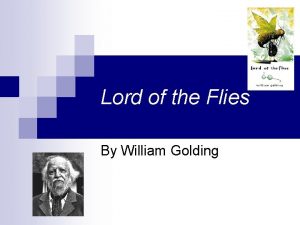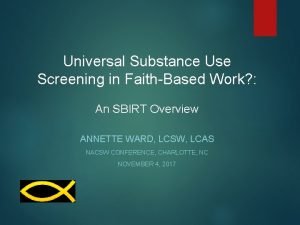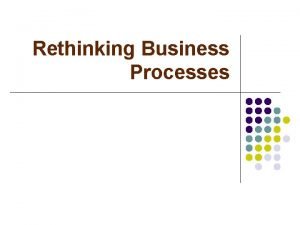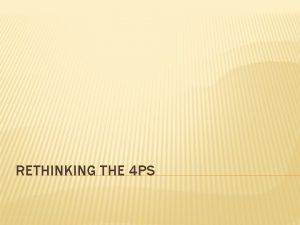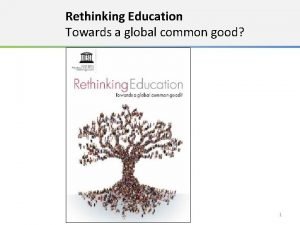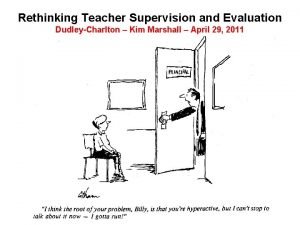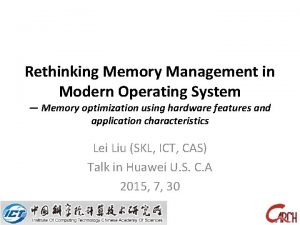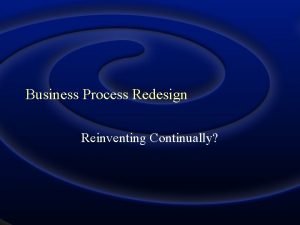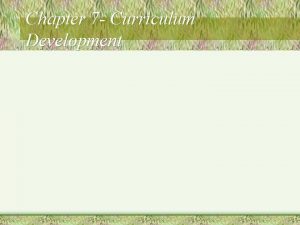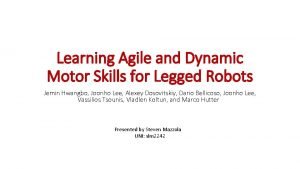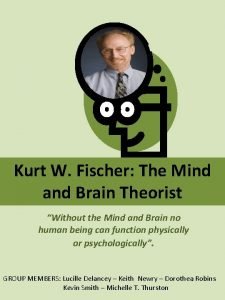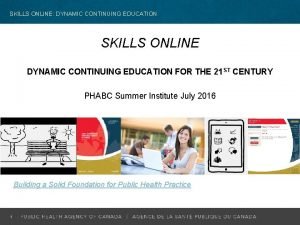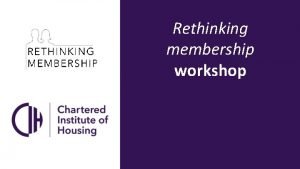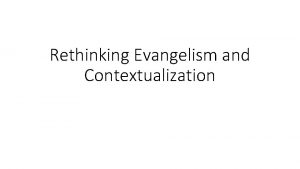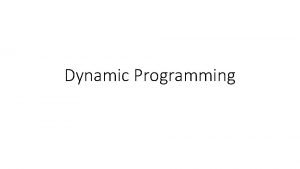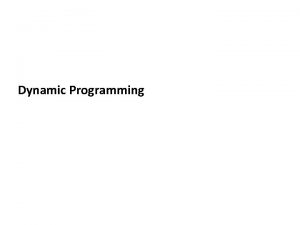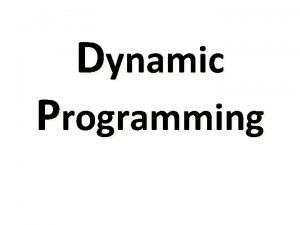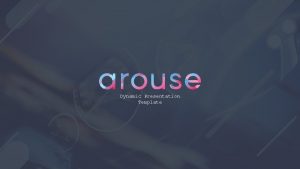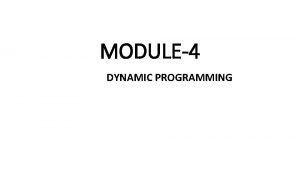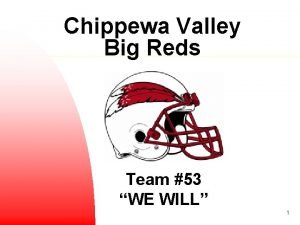REDS 2017 Rethinking skills The Dynamic Development Model

















- Slides: 17

REDS 2017 Rethinking skills: The Dynamic Development Model From passive to active Dr Tony Bromley OD&PL

Issues - Personal and Professional Development now A Passive Development Pedagogy? Very long lists of required skills! (e. g. RDF) Daunting? Unrealistic? Uninspiring? What? Why? How? Go to a workshop, ‘receive’ the skill Someone else's agenda Knowledge economy Employability RCUK say you need it

Issues - Personal and Professional Development now A Passive Development Pedagogy? • How do we nurture or promote life long sustainable professional development? • How do we support people in making much more of the development opportunity open to them outside of scheduled activity? • How do we build on the dynamism that exists in an individual already? • How do we go deeper in respect of professional development with an individual (And with an increased volume of people)?

The Dynamic Development Model An Active Development Pedagogy


Realistic evaluation: Pawson & Tilley Context (C) Environment (E) Mechanism (M) Outcome (O)

Learning Logic Diagram: Kirkpatrick Baseline Reaction Learning Behavioural Change Outcome Level 0 Level 1 Level 2 Level 3 Level 4 Professional development is learning, that leads to behavioural change, that leads to a more successful outcome for the individual

Combine realistic evaluation with the learning logic diagram

Combine realistic evaluation with the learning logic diagram Learning is dynamic and has a self momentum Context/Environment is more static in nature What happens if we explore professional development in static and dynamic terms?

What happens if we explore professional development in static and dynamic terms? • Personal analysis • Situational analysis

Person profiling You (Static) You (Dynamic) Situational analysis Situation (Static) Situation (Dynamic)

Person profiling You (Static) Situational analysis Situation (Static) ve iti tu In rt ve tro In ng eli Fe Achiever De ve lo pe r Str ate gic Futu risti c ing dg Ju L r ne r ea You (Dynamic) Situation (Dynamic)

Person profiling You (Static) Situational analysis Situation (Static) id Kno ea wl ed ge se Re n ing dg Ju Pre ng eli Fe par s de Sli atio rt Lo ve ca tio n tro In ar ch ve iti tu In Conference presentation L r ne r ea Audience Achiever Co nf ide nc e Sc ate gic Futu risti c Q & A De ve lo pe r Str he du le You (Dynamic) Are there factors that dominate in the given situation? Situation (Dynamic)

The Dynamic Development Model

Acknowledgements: Dynamic Development Steering Group: Tony Bromley (Chair) Jim Boran Gail de-Blaquiere Sarah Gray Richard Hinchliffe Mark Proctor Sandrine Soubes University of Leeds University of Manchester Newcastle University of Leeds Freelance Consultant University of Sunderland University of Sheffield Project funding: University of Leeds Student Education Fellowship (Development Award)

One conclusion A skill is managing the dynamic and static components of a situation to a successful outcome A dynamic component has a sense of self momentum in a situation and is not entirely under your control. E. g. When presenting, the audience response is dynamic A static component has a sense of non-changing and controllability in a situation. E. g. When presenting, Power. Point slides are static in that they can be pre-prepared and do not change during the presentation.

The following extract comes from a paper by Mc. Alpine who studied early career researchers transitioning in their roles, ‘Becoming a PI: From doing to managing research’. ‘Thus, though getting the grant was a positive experience, individuals found themselves dealing with new challenges (not doing ‘what I thought I would be doing’ (Juliet)) which many characterized as a shift in perspective from ‘doing’ to ‘managing’ research – ‘become a manager’ (Sam). All but Romeo and Will described a range of responsibilities they had to take on that they were not prepared for: managing the grant (Jerry), dealing with people (e. g. Frances, Fiona), managing the team (e. g. Pedro, Fabien, Jerry), line managing individuals (e. g. Laura, Cathy) as well as setting priorities amongst tasks (e. g. Mike), negotiating the ‘political’ environment (e. g. Fabien), developing a management style (e. g. Greg, Geoff, Victor), getting people to do things they don’t want to do (e. g. Dan). ’ [Source: Mc. Alpine 2016] Lynn Mc. Alpine (2016) Becoming a PI: From ‘doing’ to ‘managing’ research, Teaching in Higher Education, 21: 1, 49 -63, DOI: 10. 1080/13562517. 2015. 1110789 PI – The ‘Principal Investigator’ on a research project.
 Percival wemys madison
Percival wemys madison Reds motivational interviewing
Reds motivational interviewing Intro lll
Intro lll What is cdio
What is cdio Rethinking the 4 p's
Rethinking the 4 p's Ubígua
Ubígua Rethinking education: towards a global common good?
Rethinking education: towards a global common good? Kim marshall rubric
Kim marshall rubric Rethinking file mapping for persistent memory
Rethinking file mapping for persistent memory Arxiv
Arxiv Rethinking file mapping for persistent memory
Rethinking file mapping for persistent memory Radical redesign of business processes
Radical redesign of business processes Disadvantages of taba model
Disadvantages of taba model Linear curriculum development models
Linear curriculum development models Transferered
Transferered Learning agile and dynamic motor skills for legged robots
Learning agile and dynamic motor skills for legged robots Dynamic skills
Dynamic skills Fanfooty mobile
Fanfooty mobile
